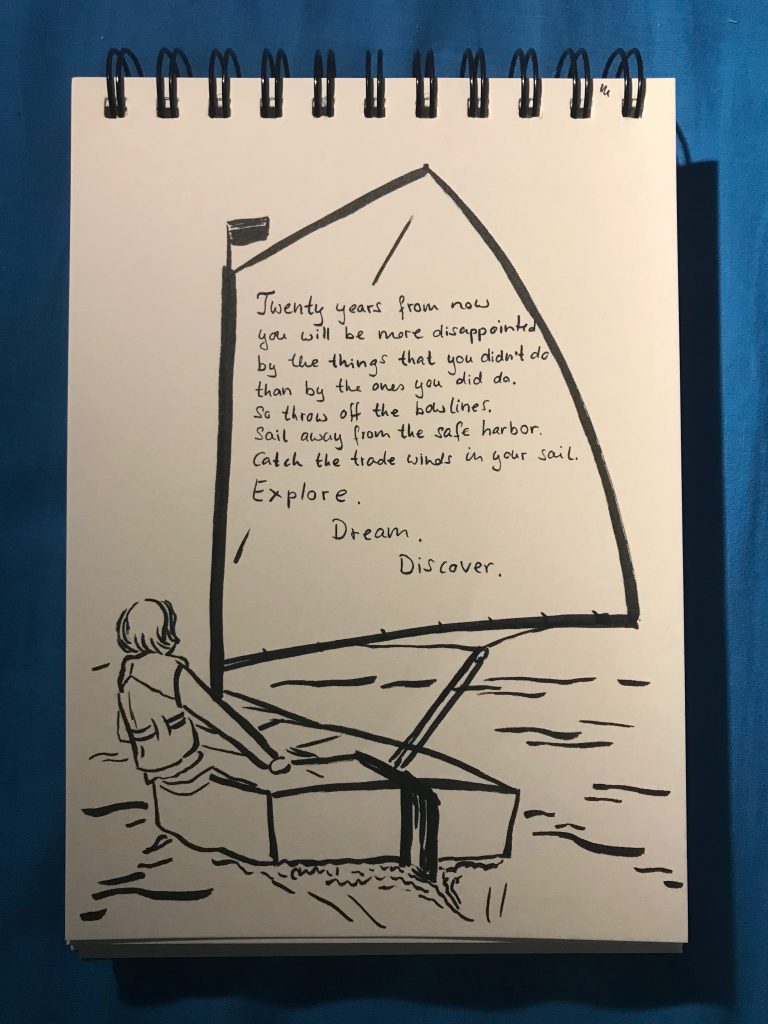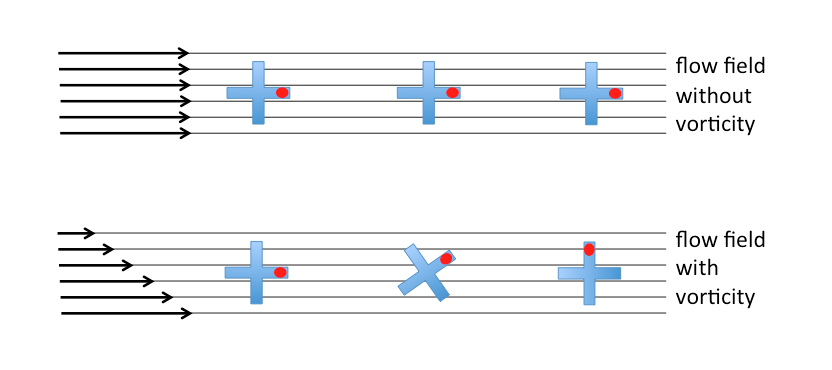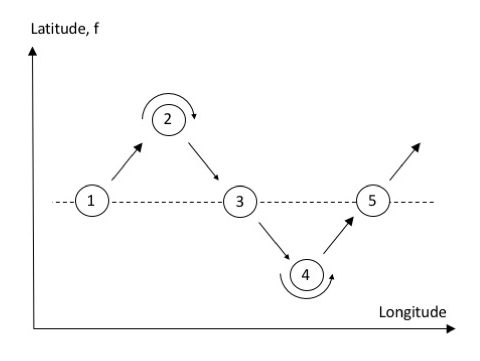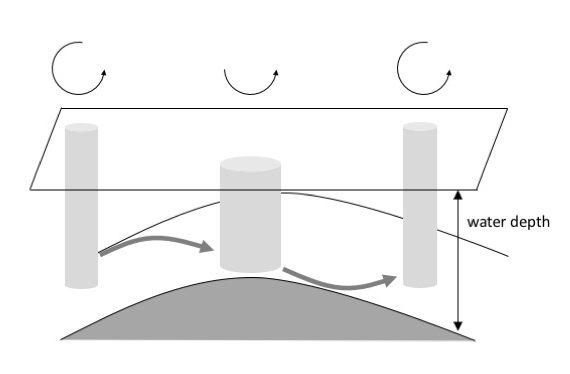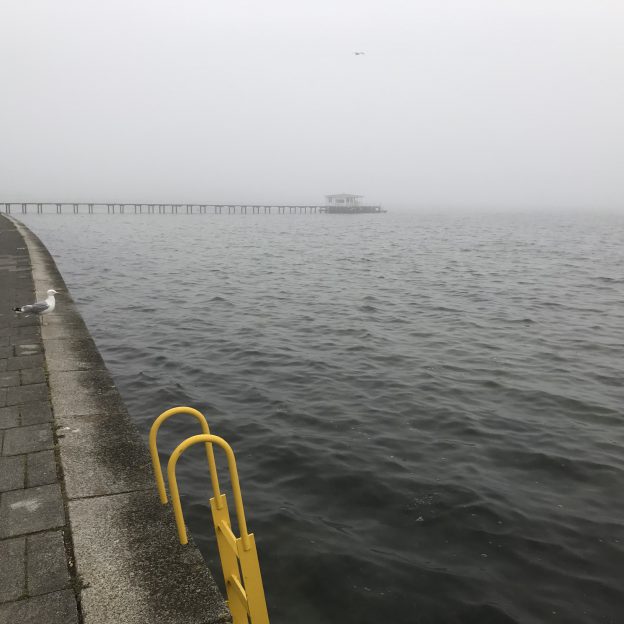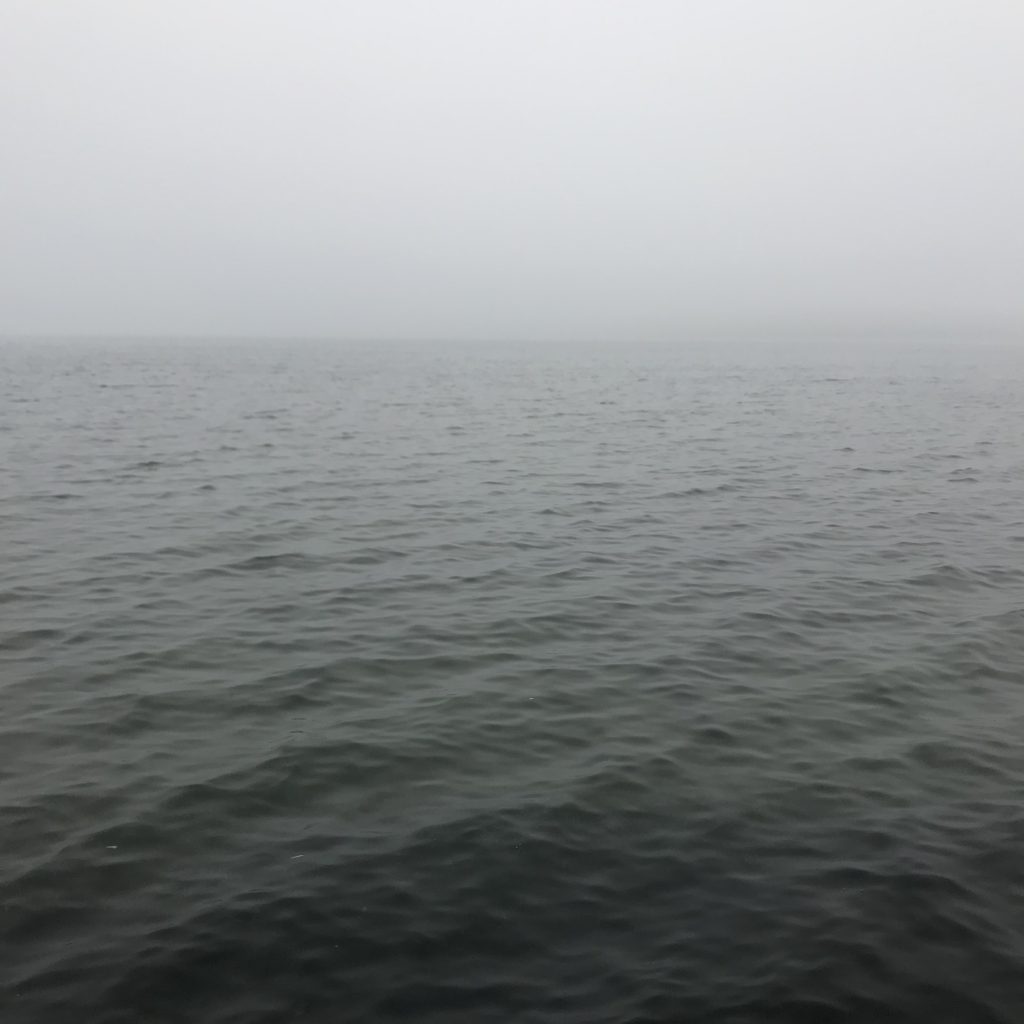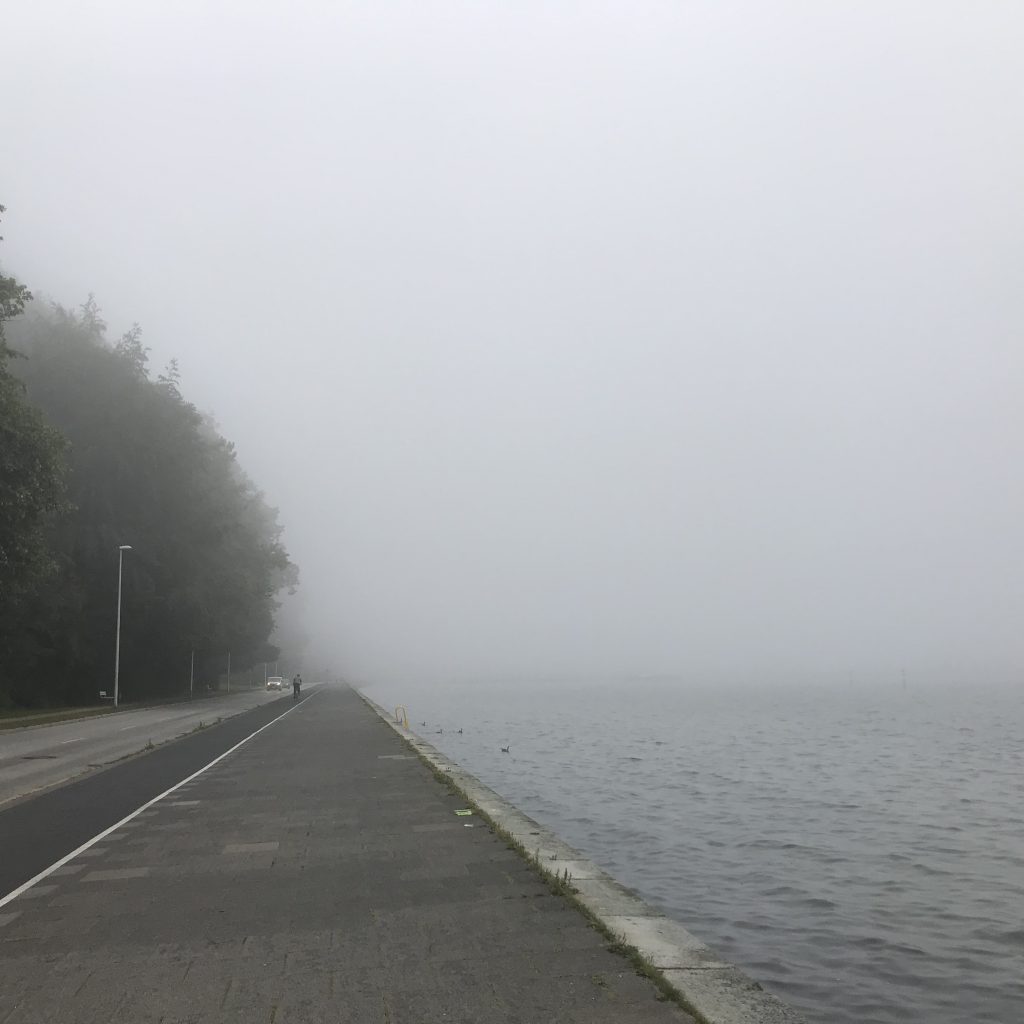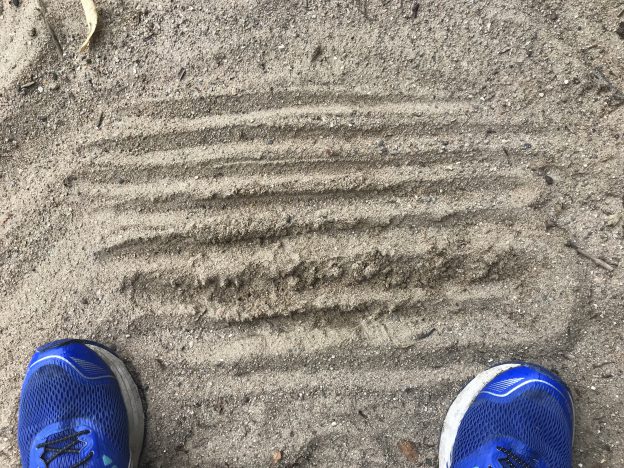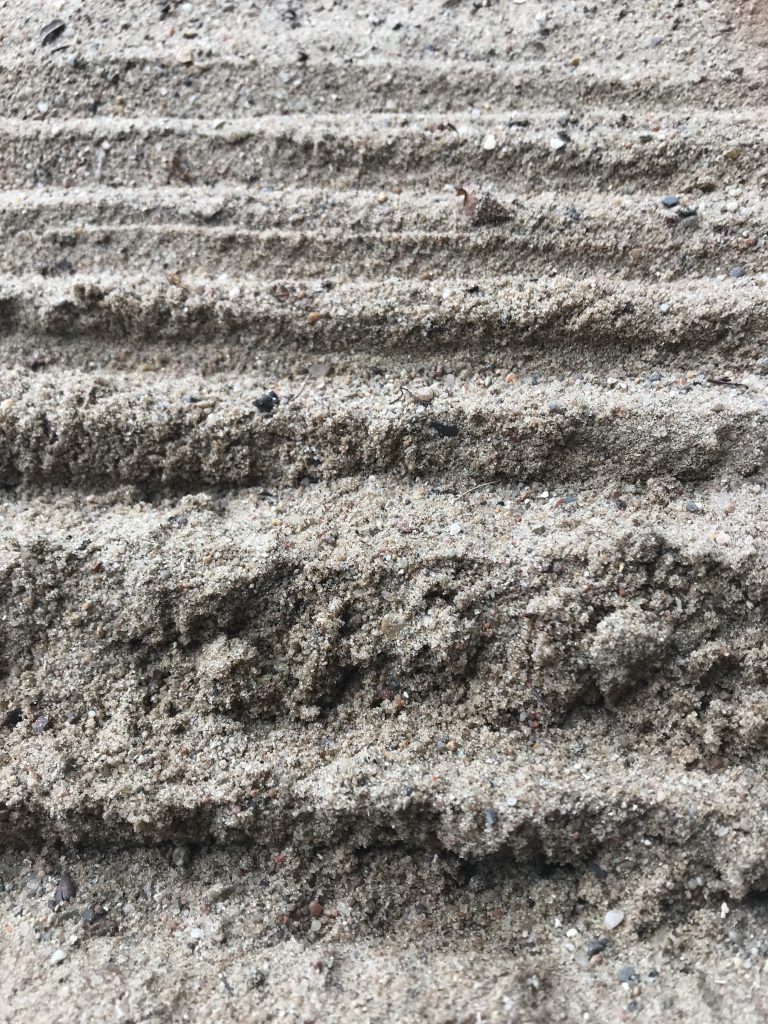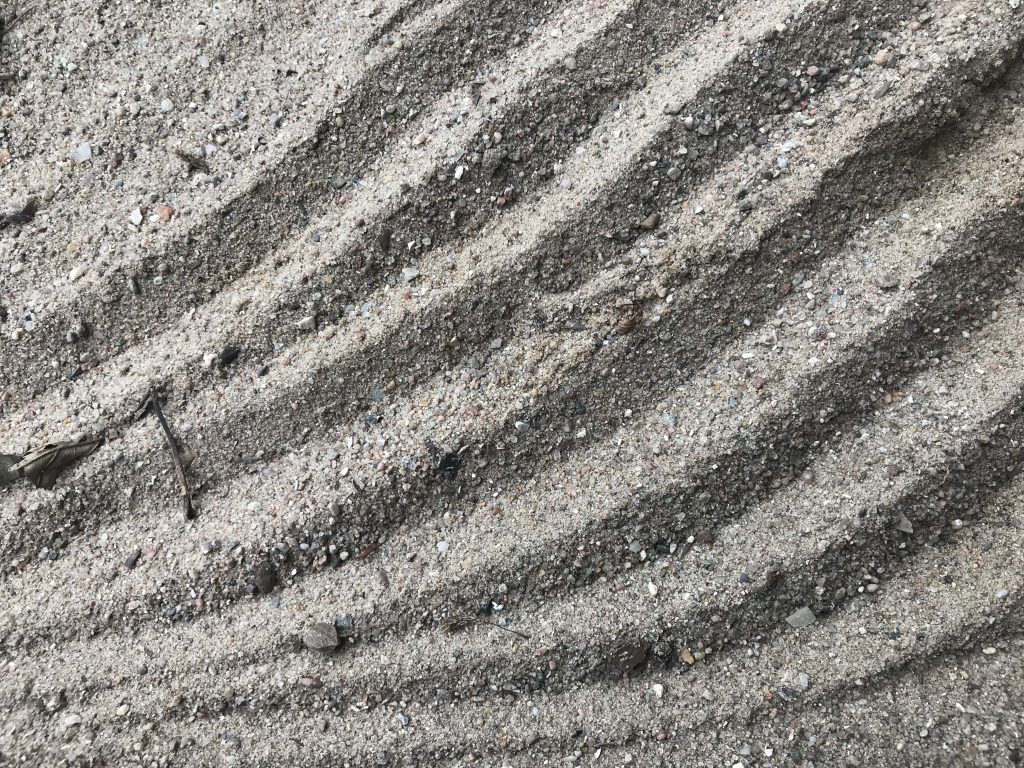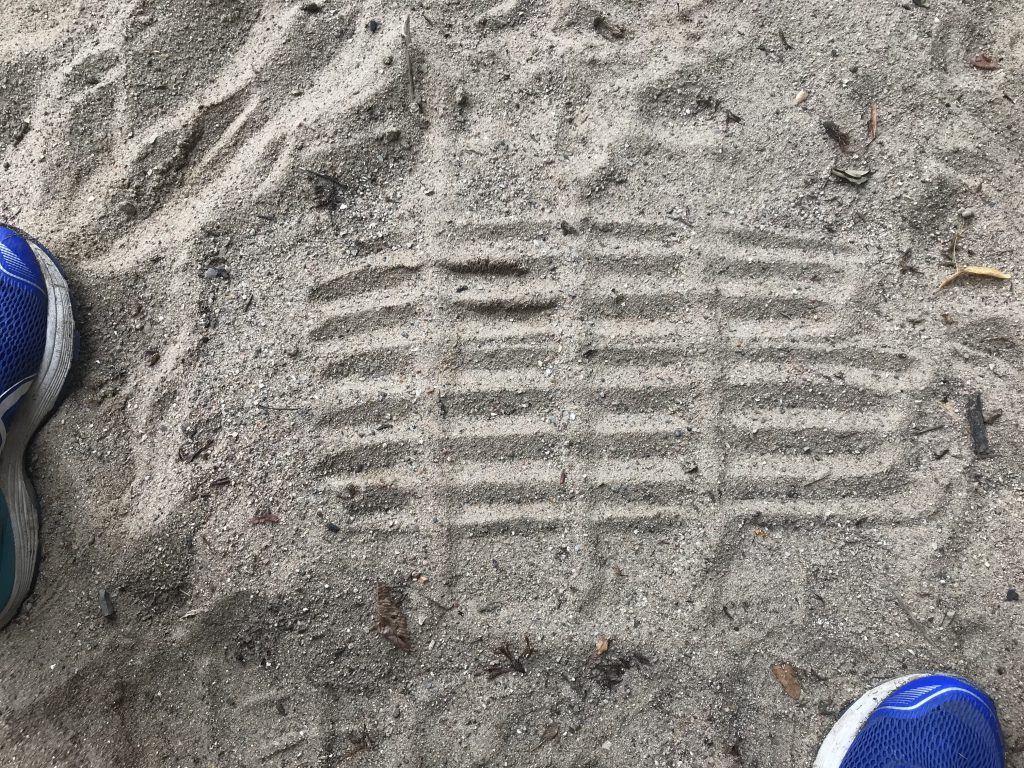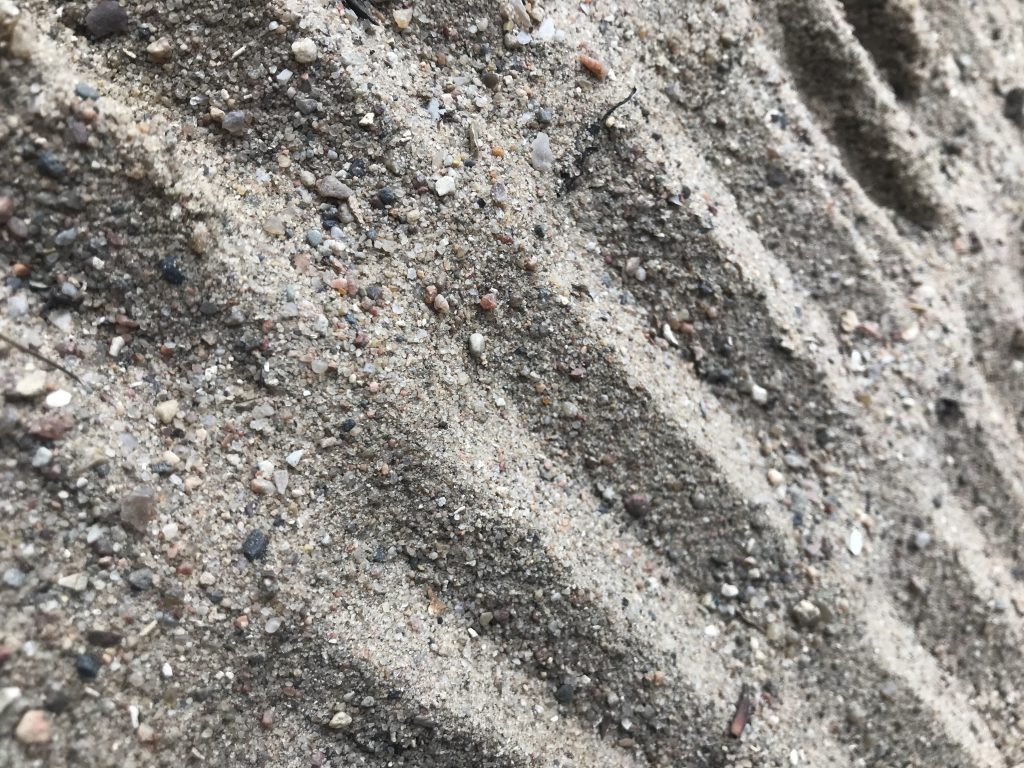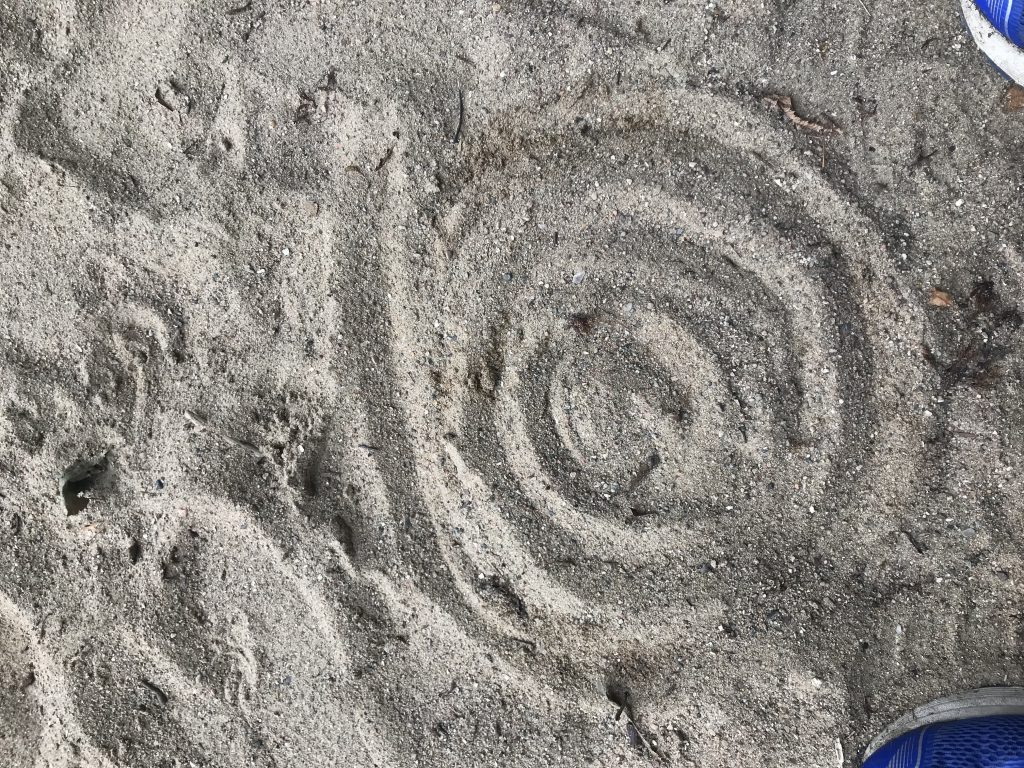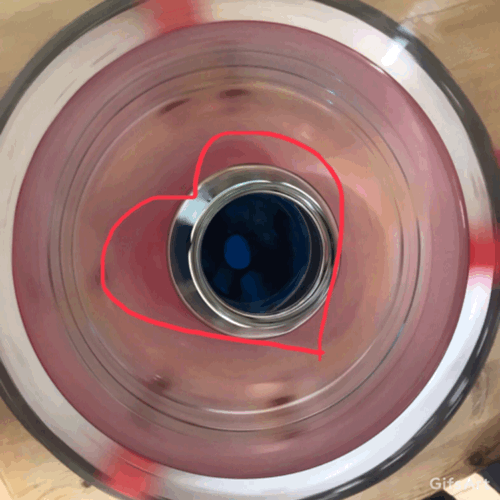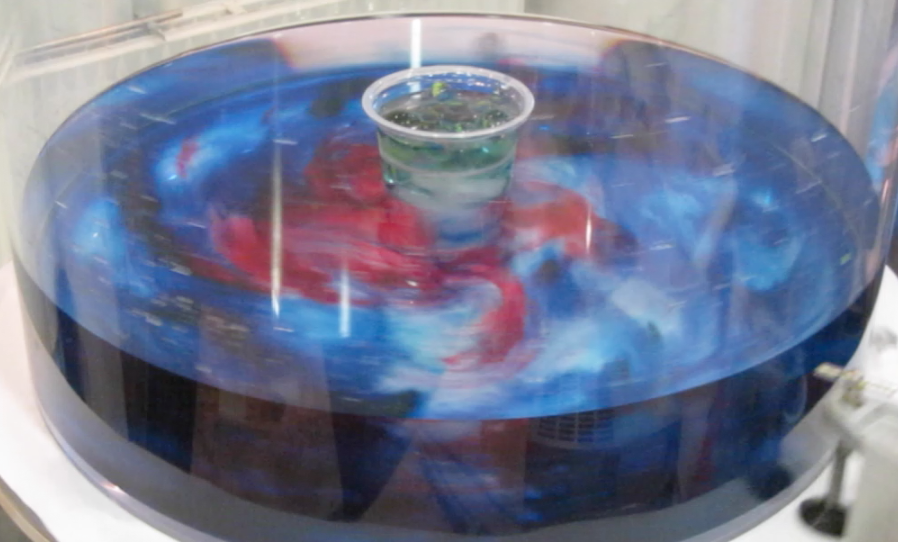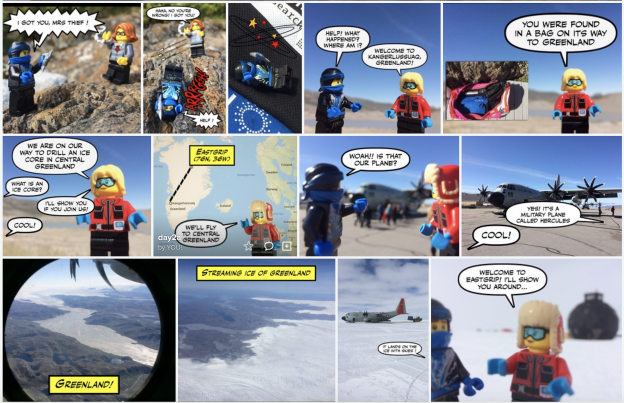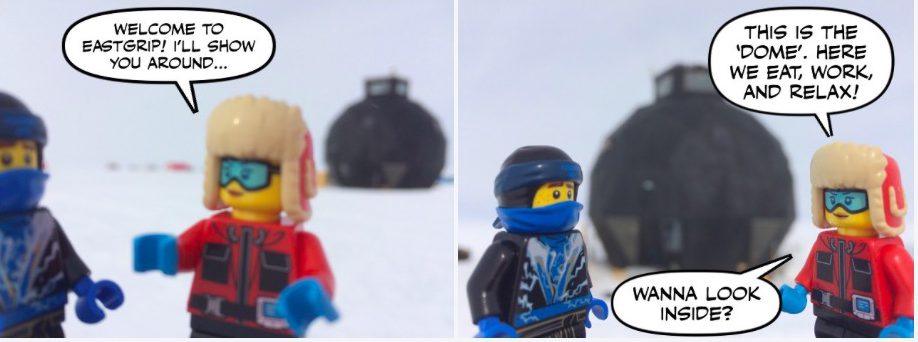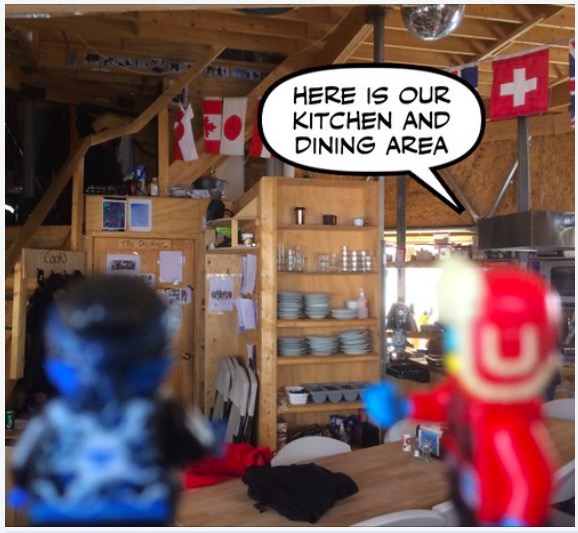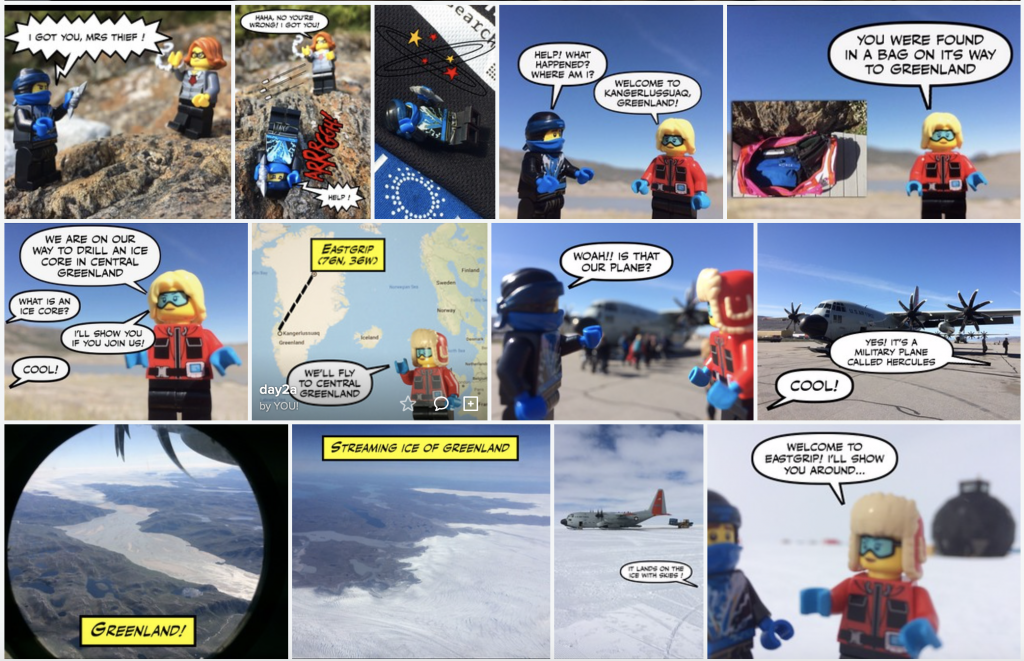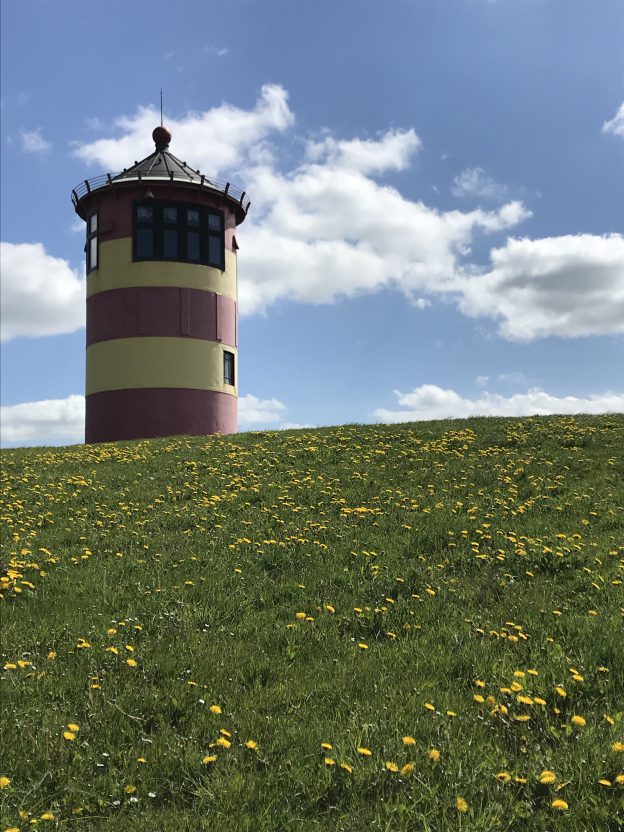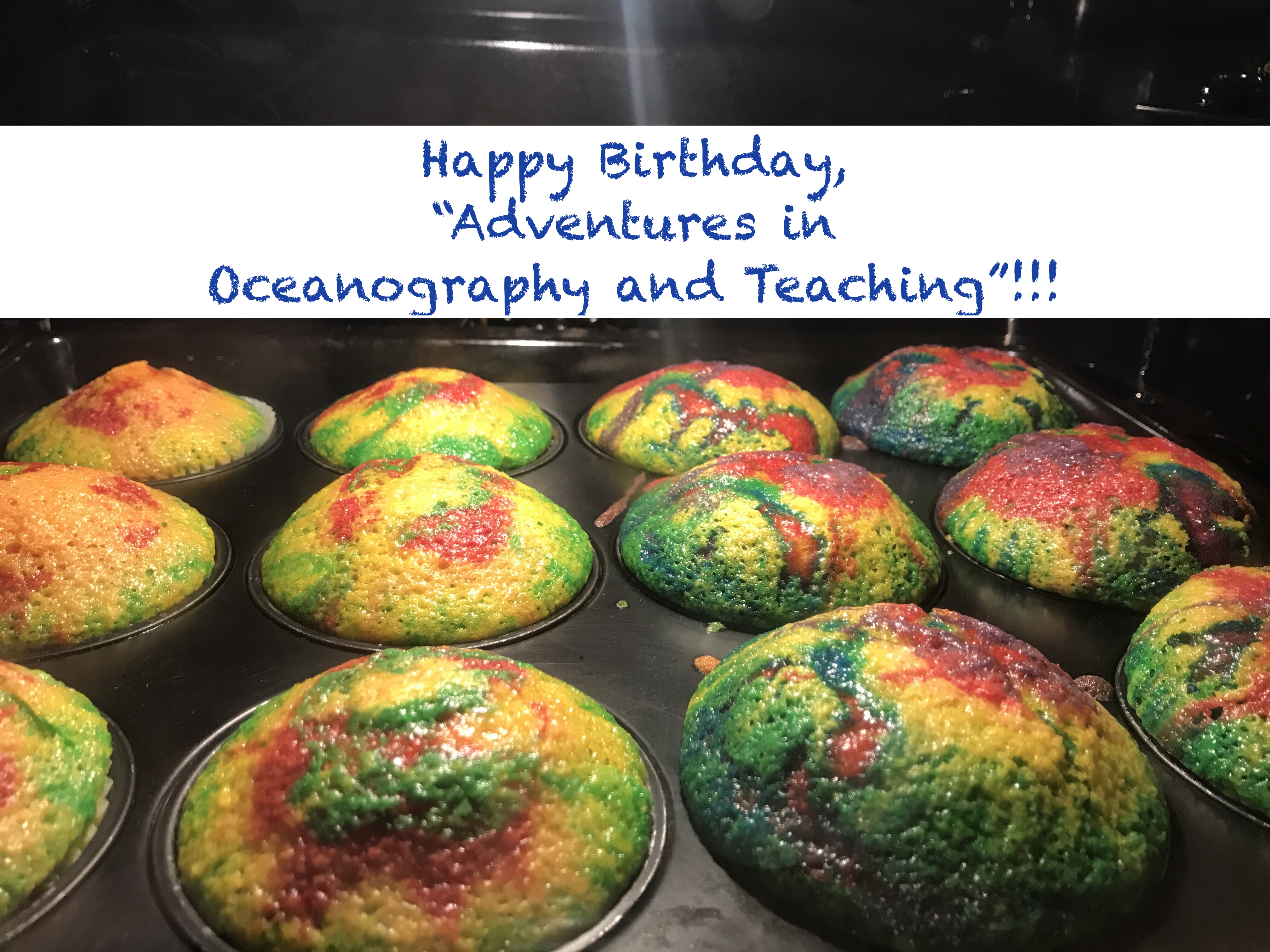On living the dream — and getting there, through the nightmare (ok, not quite as dramatic, but you get the idea)
I’ve been a fan of Marie Forleo‘s for many years now, watching all the youtube videos she puts out, re-listening many of the episodes on her podcast, forever sending links to friends who absolutely need to hear something life changing she said and that I remembered in conversations with them. And the other day, I watched the episode “How to get rich without budgeting with David Bach“. There are so many gems in that episode that you absolutely have to go and watch it for yourself, but there is one thing that stuck with me, and that’s the advice to “live rich now”.
“Living rich” does not mean spending a lot of money (or even sometimes any money at all), it means consciously doing the kind of things that make you feel rich. In the interview, they talk about daily meditation as one example, and I immediately whipped out my journal to write up a list of what would make me feel rich.
Turns out, many of the things that make me feel rich are things that I have, both consciously and more accidentally, integrated into my life over the last years already, and that, to me, belong to my “lighthouse vision” of where I want to be when I “grow up”.
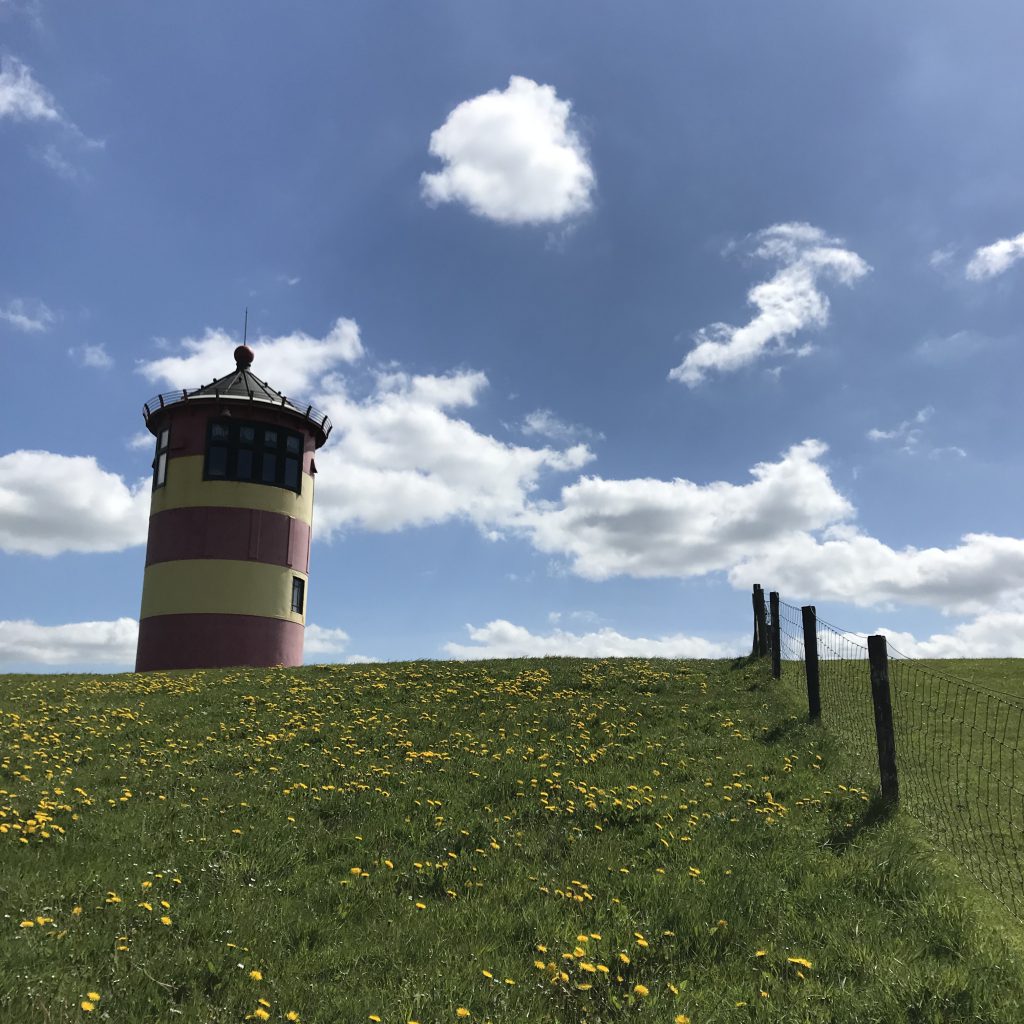
This is the lighthouse in Pilsum and I have really tried to come up with a “grass is always greener” thing to say about this, but I am still blanking on that. And it’s just that there are sheep on one side of the fence, and no sheep on the other anyway…
What does the “lighthouse vision” mean to me? It’s a goal of how I want to feel and who I want to be. I call it my lighthouse, because it’s such a nice image of what I actually want. I want to live close to the sea. I want to not live in a crowded space, but I still want my lighthouse to be inviting and engaging to people. In my lighthouse, I live on the top floor (with the amazing views, very good for blogging and writing books about the general theme of “adventures in oceanography and teaching”), while the ground floor is where I have seminar rooms and labs to work with people on things related to ocean and climate communications (conveniently located in a lighthouse, right? We can bring in samples or warm up after excursions to the beach or the sea). While I live in my lighthouse, close to my work and at the place where people come to work with me, I do a lot of my work by myself, or connecting to people (and the first person that comes to mind as someone I will always want work with is you, Elin :-)) in other places via long distance communications. Sometimes I travel to meet those people as well as new ones, but most of the time I am in the space where I work and live. But I don’t work many hours, or at least it won’t feel like it because blogging still feels like a hobby even when I will have professionalized it a bit. I spend a lot of time looking at the ocean, pondering my observations, day dreaming, and being with family and friends, enjoying the company and the coast together.
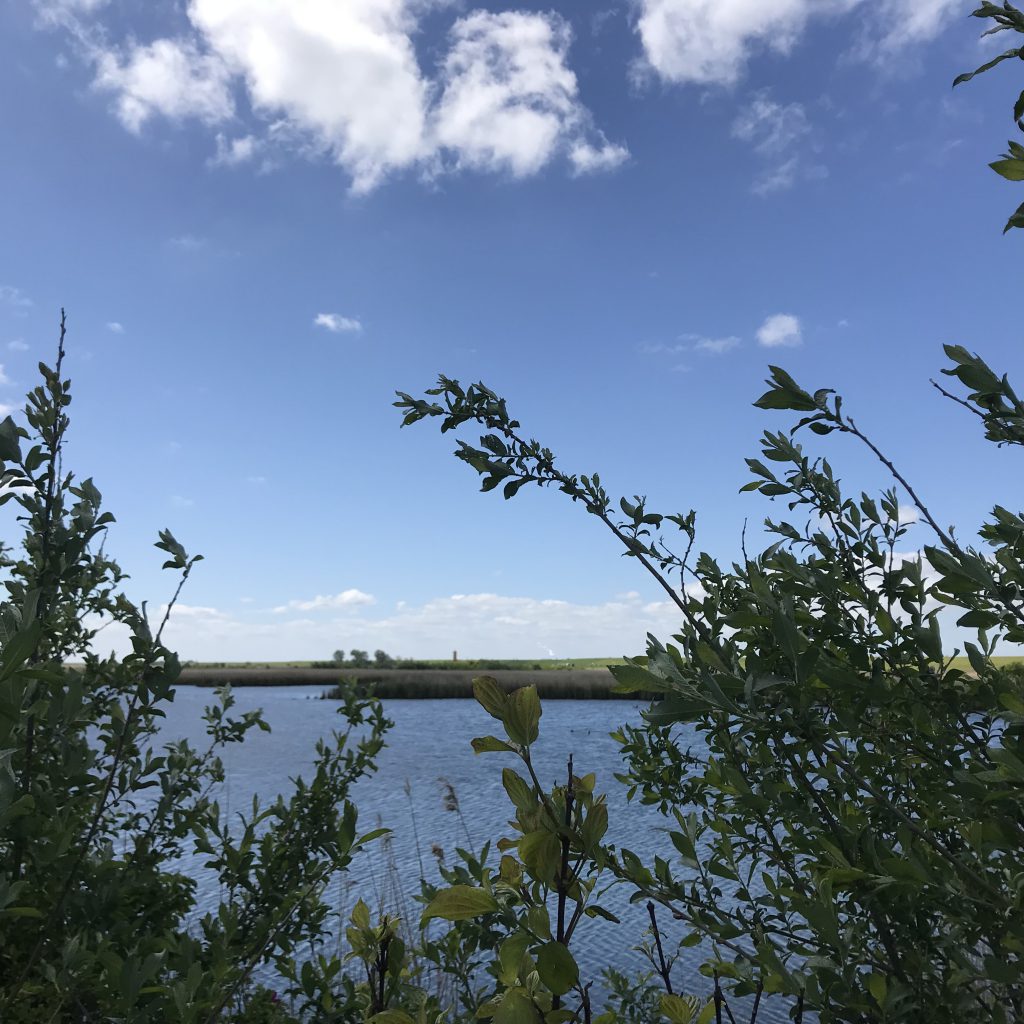
If you have seen my hand-drawn CV that I did two years ago, you might have noticed that I drew a lighthouse on it, somewhere in the future. I told myself that I wanted it as a symbol for being goal-oriented, but I think it was also because it is really what I have building my CV towards for several years now: to end up in my lighthouse. And I feel like I have, in a really amazing way.
I work in an amazing job that is stimulating and challenging and meaningful, that connects me to great people and gives me pretty much perfect independence. But I also only work 50% on that job, which means I have plenty of time for my passion projects related to ocean and climate communications (or I will have plenty of time again once the big event of the year is over, less than three weeks from now ;-)). And to live the lighthouse dream: To spend a lot of time with friends and family. To travel whenever and wherever I like but, more importantly, to return home to a place that I love, to swim in the sea or to go wave watching or on spontaneous adventures.
And I think having had the lighthouse vision over the last years has really helped me getting to this place where I feel so happy now. I have clearly seen the lighthouse, knowing that it’s a metaphor, but also using it to shape my thoughts on what I really want. And also trusting that I will reach it, because I know what the elements of the lighthouse are that are important to me, so I could shape my career and my life in a way to accommodate them, one by one, little by little. By making larger and smaller choices that led me to where I am: To live where I live, to look for a job that was compatible with what I wanted for my life rather than following the classical career path, to get a membership to the place where I go swimming in Kiel fjord and the other place where I go swimming when I am in Hamburg for work, to be very deliberate about spending more time with my family and godchildren and friends.
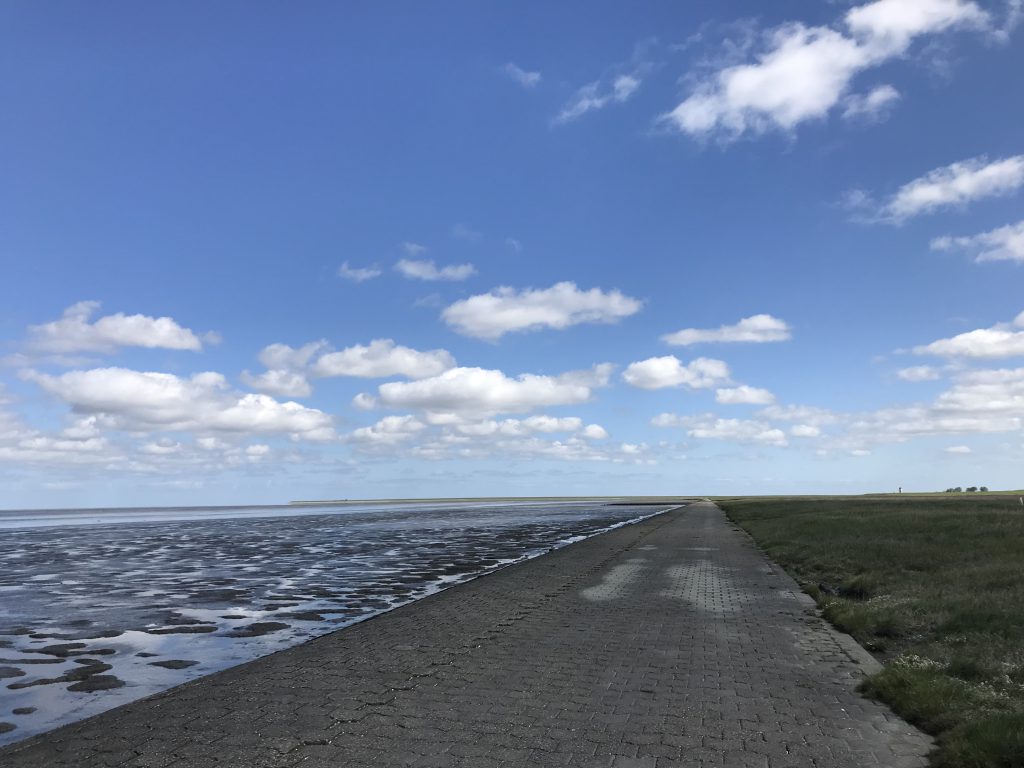
Of course, not every day is the perfect lighthouse dream day. But if you look at the two pictures above, you might be able to spot the lighthouse in both, and that’s what I feel like: I don’t have to physically live inside a lighthouse (and, to be honest, I am not too keen on all the stairs anyway!), but my lighthouse keeps shining through in my life, connecting me to who I really want to be. And I am really happy where I am at now — close enough to the lighthouse to feel calm and content almost every day. And thinking about what makes me feel that way is an important step to continue implementing the important things in my life, and eliminating the ones that aren’t.
I am writing this blog post because for many years, I didn’t feel calm or confident or content, neither on a pretty much daily basis nor even more days than not. For many years, I didn’t know where I wanted to go with my life, and that was draining and difficult. And then, when I first started seeing the lighthouse, I didn’t think it was realistic to get there. And I didn’t see how the dream was compatible with me being ambitious and goal oriented in my job and thinking I should be sticking to the career I had started building (and I got some terrible advice from career coaches who didn’t seem to believe that any career outside of academia in the strictest sense could be worthwhile and fulfilling). But once I realised what that lighthouse really meant to me, making the switch was neither difficult nor painful, on the contrary — each step towards the lighthouse felt right and somehow like a burden was being lifted off me. So now that I am in my lighthouse, I am hoping that telling this story might inspire others to start “living rich now”, and give them confidence in their power to choose their own paths, in finding out what their personal lighthouses are, and in taking steps towards it.
